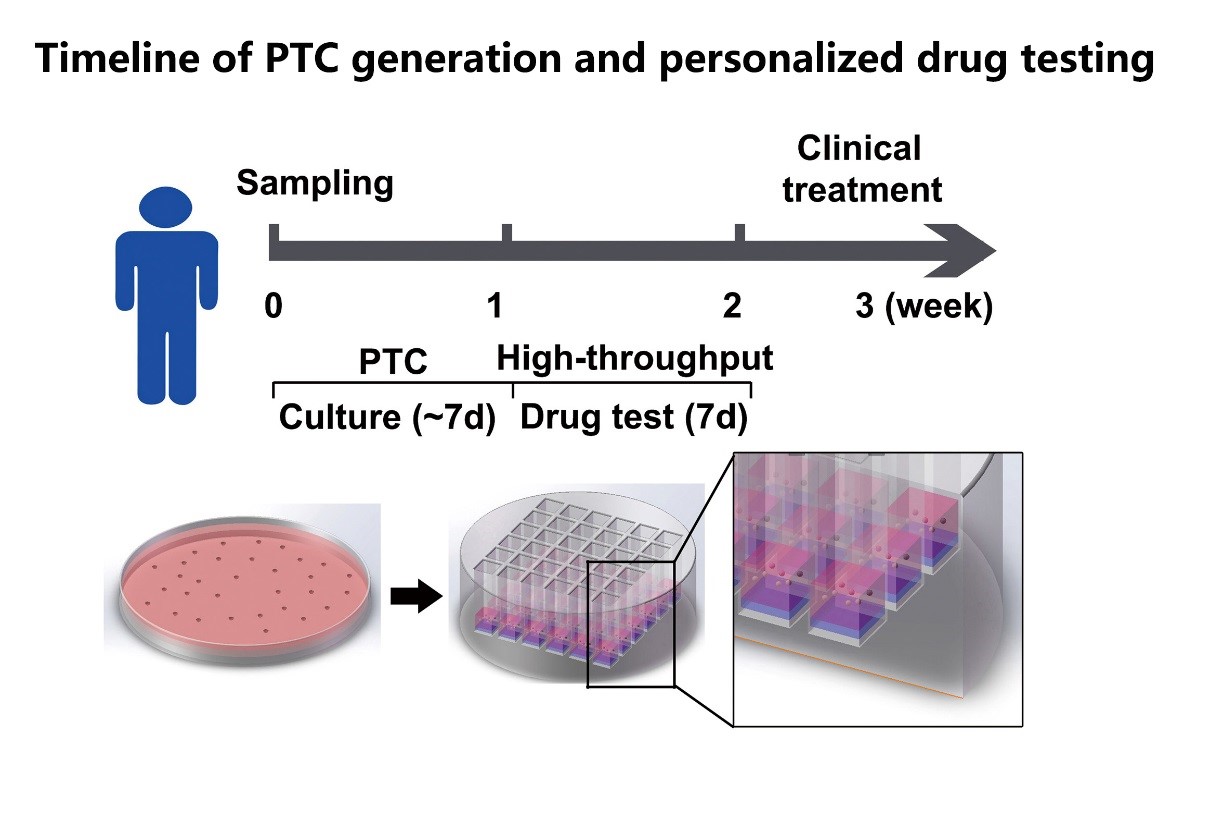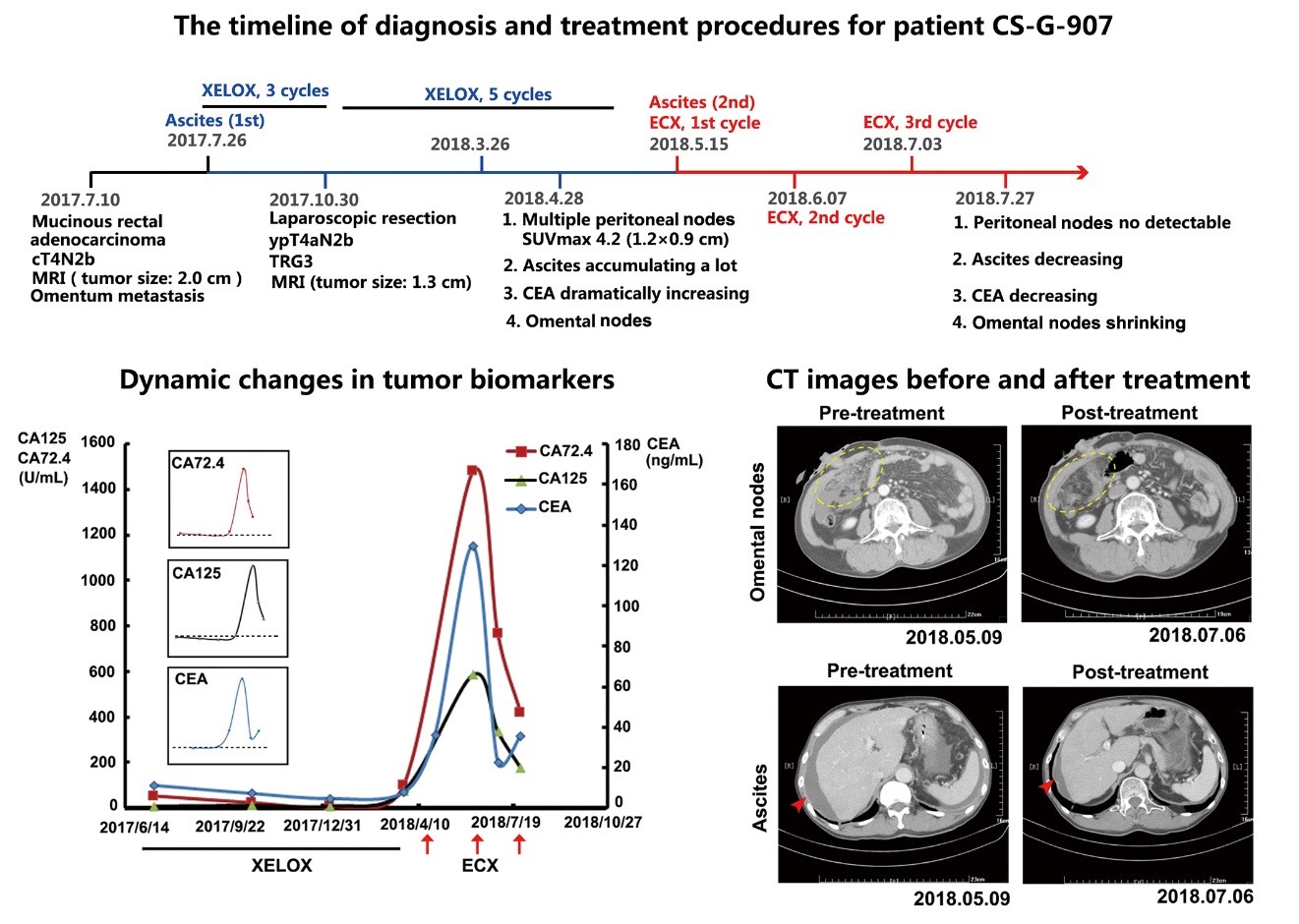Mini-tumors for drug testing in precision cancer therapy
Jun 26, 2020
Peking University, June 26, 2020: On June 24, the research team led by Professor Xi Jianzhong from Peking University published an article named “Patient-Derived Tumor-Like Cell Clusters for Drug Testing in Cancer Therapy” in Science Translational Medicine. The authors reported a novel mechanism of primary tumor cells self-assembling into micro-tumors, and established mini-tumor models for gastric, colon and breast cancers. Clinical data revealed that the mini-tumor model had an accuracy of 93% in predicting patients’ treatment outcomes.
In recent years, omics technologies are widely used in precision medicine. However, the clinical application of omics technologies has been limited: a large proportion of cancer patients do not have any actionable mutations; even for the patients with targetable genomic alterations, treatment design has been difficult due to the lack of effective practical models that optimize clinical outcomes. One critical problem in precision oncology is to establish an adjuvant therapy platform that can timely and accurately predict patient's drug responses. In the past 60 years, researchers have developed over 100 tumor models or drug sensitivity testing platforms including the well-known patient-derived organoids (PDO) and patient-derived tumor xenograft (PDX) models. However, the available methods are limited in their accuracy of predicting patient’s drug responses, their prolonged period of testing time, their throughputs or their high costs, thus making their clinical application largely unfeasible. In comparison, the mini-tumor model developed by Professor Xi’s team has made major breakthroughs, and is expected to be widely applied in tumor treatments in 2~3 years. The mini-tumor has high predicting accuracy, short period of testing time (~ 2 weeks), high throughputs and low costs. Among 208 fresh gastric or colorectal tumor samples (excluding cases with bacterial contaminations and poor-quality samples), PTCs were established with a success rate of 89.9% (188/209).
First, the team developed a novel method to generate patient-derived tumor-like cell clusters (PTC) from the self-assembly of patient-derived primary cells. By analyzing transcriptomics data, the researchers identified critical differentially expressed genes between in vivo and in vitro tumor cells and correspondingly add supplements to optimize the culture media and conditions. Thus, the culturing success rate of PTC was significantly improved. The researchers further screened the culture substrates and tested their hydrophobicity and developed micro-chips for high-throughput culturing and screening. Furthermore, PTCs could be easily adapted to study cancer subtypes that had been impossible or difficult to establish PDOs, such as poorly or moderately differentiated adenocarcinoma, neuroendocrine carcinoma, mucinous adenocarcinoma, and metastatic samples.
Second, PTC had very short culturing and drug testing time and consisted of various stromal cells other than tumor cells. PTC allows testing of 100-2000 drugs within 2 weeks for both surgically resected samples and endoscopic samples. PTCs are composed of multiple cell types including epithelial cells, fibroblasts, macrophages, and cancer stem cells, thus enabling faithful recapitulation of the interactions between tumor epithelial cells and the tumor microenvironments. Genomics, transcriptomics, FACS and immunostaining analysis showed that PTCs had high consistency with the tumor samples in their genomics, transcriptomics, cellular composition and tissue architecture.
Most importantly, the team verified the PTC’s drug response prediction accuracy using a double-blinded preclinical trial. Among the 24 gastrointestinal and 35 breast cancer patients, the PTC’s drug test results achieve a 93.6% consistency with the patients’ clinical outcomes evaluated by imaging and/or Miller & Payne classification. Furthermore, the team reported a case study of PTC’s successfully clinical application in precision oncology. The patient was a 56-year-old man diagnosed with mucinous adenocarcinoma (MRC) with multiple metastases. The team applied PTC to achieve dynamic and adaptive drug screening for the patient. The PTC successfully predicted the patient’s resistance to the conventional treatment (XELOX regimen). After switching to the non-conventional breast cancer drug predicted by PTC, the patient showed positive responses: peritoneal nodes disappeared, the omental nodes shrank, the volume of ascites decreased, and the tumor markers CEA, CA 125, and CA72.4 were markedly reduced. These results indicated that the PTC model can accurately predict the drug sensitivity for patients. For complex tumors with high malignancy, PTC can provide accurate high-throughput screening of drugs, including off-label drugs, to help patients identify more possible treatment options.
In summary, the PTC drug testing technology is an important technological innovation in precision oncology in recent years. PTC overcomes the limitations of available drug testing technologies and has been successfully applied to the prediction of drug efficacy in patients with gastric, colon and breast cancers. It can accurately and prospectively guide individualized treatment of cancer patients in clinical decision-making, which not only benefits patients and prolongs their life, but also saves the precious medical resources. In addition, as a promising tumor study model, the PTC platform can promote medicinal researches, such as understanding drug’s mechanism, novel drug development, and adjuvant diagnosis.
This is collaborative research by Peking University College of Engineering, Beijing Cancer Hospital, Peking University People's Hospital, and GeneX Health Co., Ltd. Dr. Yin Shenyi, Professor Xi Ruibin, Professor Wu Aiwen and Professor Wang Shu are co-first authors of this work. Professor Xi Jianzhong and Professor Ji Jiafu are the co-corresponding authors of this work. This work was supported by the Ministry of Science and Technology and the National Natural Science Foundation of China.
Edited by: Huang Weijian
Source: Peking University College of Engineering

